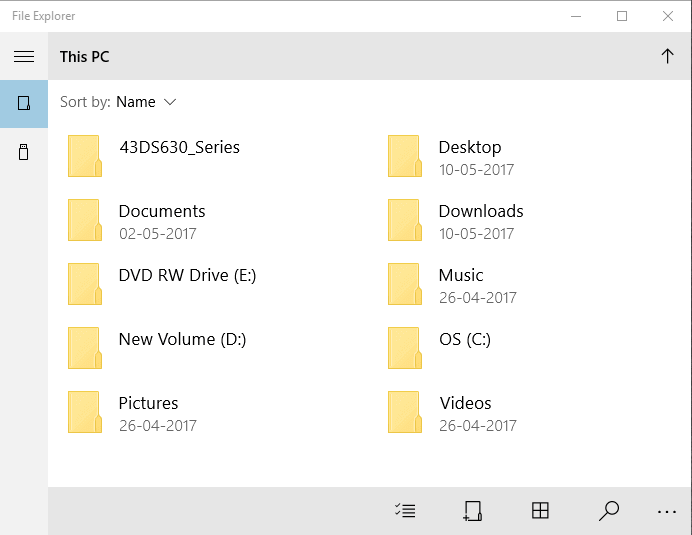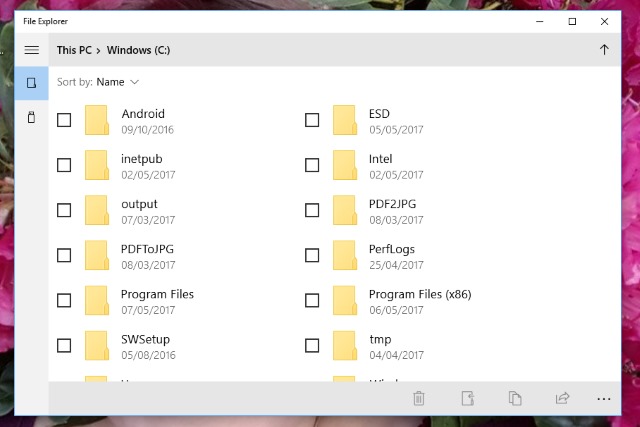


Two things to notice in the generated code. To create this app from scratch, in VS, having installed the project templates, select File | New Project, and then select one of the two C++ project types for Console UWP apps – either C++/CX or C++/WinRT. The finished app is an (extremely primitive) implementation of the classic findstr tool – the app is in the Store here, and the sources are in the AppModelSamples repo on GitHub here. Let’s walk through creating a very simple Console UWP app, just to explore the possibilities, and to examine some of the options you have in using UWP features. To help you get started, we published a set of Console App (Universal) Project Templates in the Visual Studio Marketplace. They’re aimed squarely at developers who need to build admin or developer tools. So, yes, Console apps are very different from traditional UWP apps, and they meet the requirements of a rather different target audience. Console apps, on the other hand, use the standard console window for input and output, and the model is very much command-line driven and plain-text-based. One of the attractions of UWP is the rich UI support, which allows you to build beautiful, highly-interactive apps. Specifically, these apps don’t have their own windows, and don’t use the familiar input mechanisms. In fact, it was during the design and development phases of the Console app support that we realized we’d need to provide these apps with better file-system access – so the two features complement each other nicely.Ĭonsole apps represent a significant departure from the “normal” UWP model. We’re also introducing support for UWP apps to get broader access to the file-system than was previously possible.


As announced in the May 2018 issue of MSDN Magazine, the latest Windows update introduces support for Console UWP apps.


 0 kommentar(er)
0 kommentar(er)
